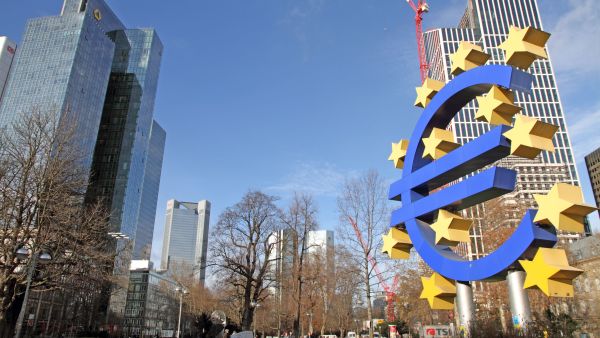Yet, I dare to speak about the future of investments in Romania and about the significant chance that stands in our hands to trigger the attention of foreign capital, due to a rather serious fact: Within a summit that I have recently attended, the discussions in the panel referred to Romania as a country that’s not attractive for investments. My patriotic string resonated strong enough to encourage me to say today why I think that an investment in Romania depends on economic reasons, as well as political, geographical and social ones.
There is no doubt that the current economic landscape is not the most welcoming and that an investor would need to be convinced of the good evolution of a certain sector, of a hyper-emergent market, to have a fantastic vision or to prove an almost irrational courage in order to make a strategic investment anywhere now, so much less in Romania. Taken these premises, why would an investor take a step further and bring, let’s say, EUR100 million in Romania?
First of all, because any investment will continue to cost half the price during the next five years. That is because the rest of 50 percent is financed either through the ongoing sectorial operational programs and the European funds, or through the state aid programs run by Ministry of Public Finance. Of course, it is not easy to access this money. But the process is standardized and transparent so that an investor or project can become eligible if the procedures, the methodology and the project are correctly addressed and in a competitive way. For instance, there are significant fiscal facilities for investors who plan to develop R&D centers.
Secondly, the geographic location of Romania will gain particularly significant importance in the next four years: Romania neighbors countries in East- Europe, as well as from Central Asia, Middle East and Northern Africa. Hence, Romania positions in very convenient and safe infrastructure corridors that can only grow and modernize. No doubt that direct investments in the countries mentioned before involve much higher risks compared to Romania and therefore, why should not a production plant be established in Romania, as it may turn into a hub addressing a potentially regional population of around 500-600 million consumers?
Thirdly, if we analyze the current fiscal and currency policies and the estimations in this respect, we can anticipate a trend of stability and even an evolution. There is local political will for joining Euro zone, the flat tax remains at 16 percent and the reference interest is bearable. Also, the newly introduced European IFRS norms have created the necessary comparability and the needed harmonization. It is obvious that the banks should restart the credit engines in the next three years, as they will benefit from these politics.
Last but not least, it is clear that the triad of Romania’s creditors, the designers of macro-economic discipline in the last three years, will be interested to direct investments to Romania. The country has to return significant amounts of money to International Monetary Fund, European Council and World Bank, and they will want to make sure that Romania’s GDP is good enough to pay its debts.
Factors as undergoing development, the local industrial tradition that it is not used at its fair potential, the geo-strategic positioning, the safety and security, the modernizing infrastructure and the local human capital, qualified and competent (why not to admit, cost-effective), are not political stereotypes. I see them as the strong points that will make Romania the sixth most attractive country for investments in Europe during the next three years, according to Ernst & Young 2012 European Attractiveness Survey.





























